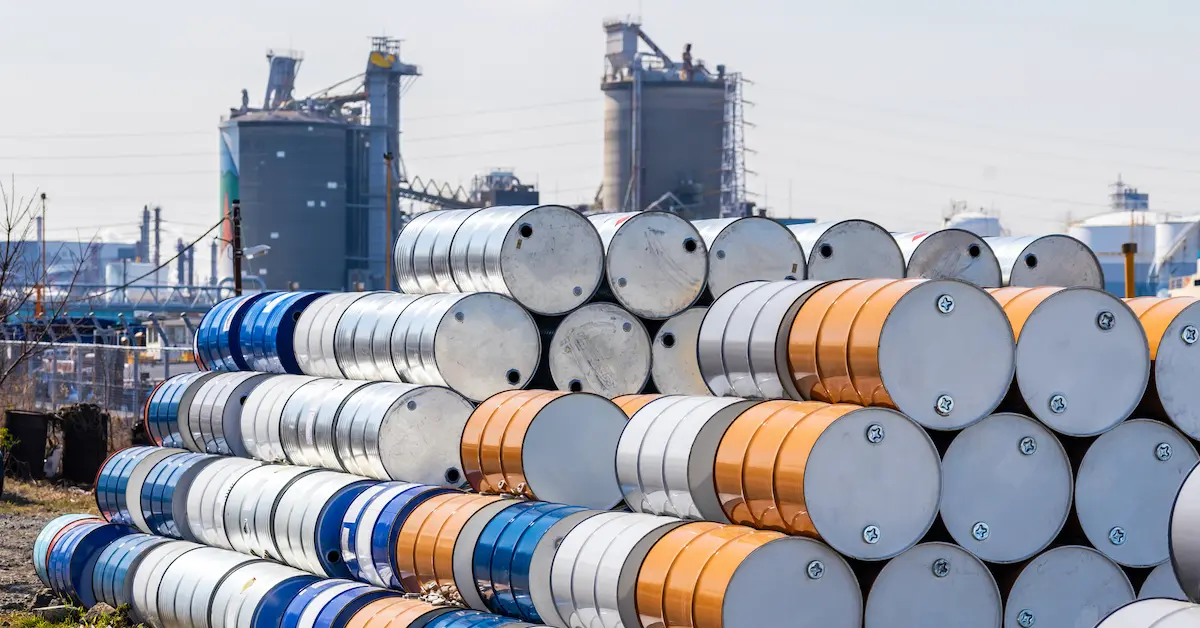Concerns about a global economic slowdown impacting demand overshadow Saudi Arabia’s promised output cuts.
The market sentiment has also been affected by rising fuel stocks in the US and disappointing Chinese export data.
Following the announcement, instead of rising, the oil price has been dropping, now at about $74.50/bl, down 3% since before the Saudi intervention.
Citi analysts argue that Saudi Arabia will be unable to drive oil prices to between $80 and $90/bl as long as global economic weakness persists – including a possible recession in the US and Europe and slower than anticipated economic growth in China.
The Saudi energy minister said the kingdom and its OPEC+ allies are trying to combat “uncertainties and sentiment” in the oil market as the group looks to tackle short sellers.
He added the cuts are “proactive, preemptive and precautionary”.
But so far, oil traders are ignoring OPEC+ production cuts.
Bloomberg says it could prove a risky gambit.
Data from OPEC show that Saudi Arabia’s latest oil production cuts are set to tighten markets sharply as early as next month, especially after the Federal Reserve kept US interest rates unchanged, as expected.
These uncertainties keep the oil market on edge. The headline on 12 June was: “WTI plunges 4% ahead of Fed rate decision.”
Some 24 hours later, it went in the opposite direction: “WTI soars 4% ahead of Fed rate decision”.
The longer-term impact depends greatly on demand.
It is coming back, but at a slower pace than OPEC+ hopes for.
But if Russia starts to play ball and participates in production cuts, prices will go higher.
OPEC+ is very sensitive to price levels – $60/bl is too low, and $90 is too high – and if prices drop below $60/bl, they will continue to react.
ExxonMobil announced it would employ new fracking technology to double oil production from shale wells.
“We think we’ve got some promising technologies to employ there that will significantly improve our recovery,” the energy giant said.
Shell announced a change of direction.
It confirmed on 14 June that, while remaining committed to reducing emissions to net-zero by 2050, it now plans to keep its oil production steady to 2030 and spend more on expanding its successful and profitable gas operations.
All this aside, ChatGPT is coming into the oil and gas industry.
ChatGPT and the metaverse can help create a 3D environment that replicates the real world, and the data used can be harnessed for analysis, running simulations and interacting with data more efficiently.
Meanwhile, plans to double the size of the world’s LNG tanker fleet mean that there will be more LNG tankers than oil supertankers by 2028.
Energy companies everywhere are planning for an LNG gold rush.
But are they taking a risk?
Dr Charles Ellinas is Senior Fellow at the Global Energy Center, Atlantic Council
Tw: @CharlesEllinas










